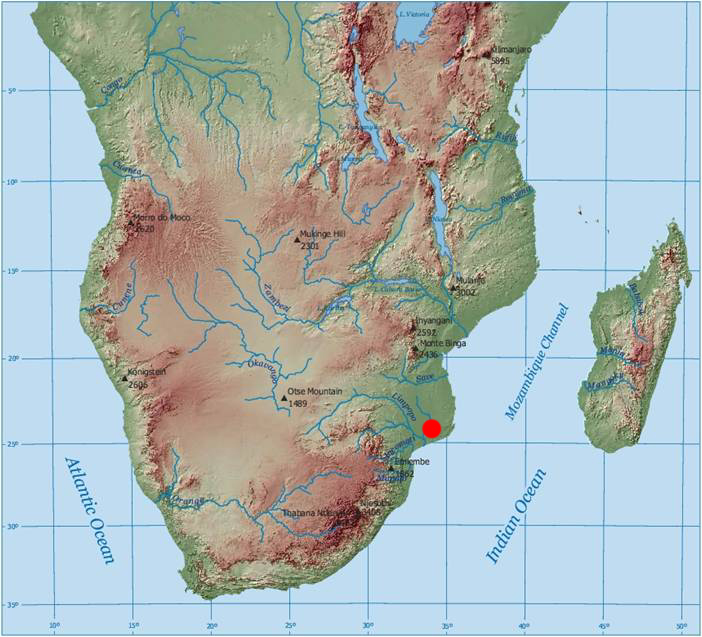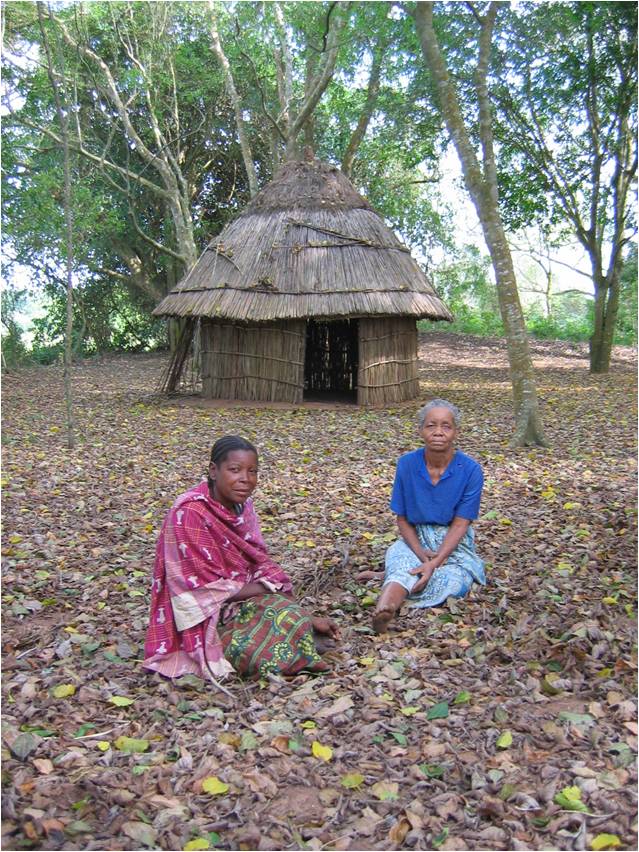Historical Archaeology in Mozambique
Once upon a far, far away land: a small place with a many histories or multiple narratives in Manjacaze, Mozambique
M. Dores Cruz
All things past (be they material remains or not) contribute to the construction of memory for contemporary societies. Social memory is not monolithic, but varies according, for example, to gender, class, ethnicity, historic and geographic contexts, while in contexts of colononization it also varies according to colonial power. This project explores issues of memory construction and how material culture, including archaeological sites, is used to create multiple narratives centered on the historic landscapes of the Manjacaze district (Southern Mozambique). In the early 19th century socio-economic and political changes in Southern Africa led to the emergence of centralized, militaristic states that controlled vast territories. One of these groups, the Nguni, conquered smaller chieftaincies to created the Gaza state, the largest and the last Southeastern African empire. At the end of the 19th century Manjacaze was to be the last capital of the empire and became central in its fight with the Portuguese colonial forces. Although drawing on these 19th century events, my research focuses particularly on the multiple interpretations of the Portuguese colonial period (to 1974) and the Mozambican post-colonial period. The colonial administration celebrated the heroic figures of the Portuguese army in their domination of Ngungunyane, the last Gaza emperor. Following the independence of Mozambique in 1975, the very same Manjacaze landscapes were re-interpreted in the light of resistance against colonialism. Yet local elders present their own interpretations of these same landscapes: they talk about Ngungunyane as an invader who usurped the land of their ancestors, and their remembrances are of family ancestors, who they relate to archaeological sites imbued with symbolic meanings. In this research I examine the materiality of multiple narratives: official colonial and post-colonial, as well as local counter-memories. I investigate to what degree colonialism and postcolony affect how local populations understand the physical and spiritual landscapes in which they live, and to which extent these interpretations impact their relation with archaeological remains and with the physical environment that constitute some ancestral sacred sites. Finally, I address my own positionality as an archaeologist of Portuguese origin, by examining how the colonial discourse and its material representations, still in place when most of my generation attended elementary school, has influenced the construction of contemporary discourses of identity.
Figure 1: Map of southern Africa showing the location of Manjacaze.
Figure 2: A khokholo, a palisade residence and archaeological site that is related to family ancestors.
Author Biography:
Dores Cruz is assistant professor of Anthropology at the University of Denver.
Other Links for Mozambique
African Diaspora Archaeology Network and Newsletter: http://www.diaspora.uiuc.edu/
African-American Archaeology: www.anthro.uiuc.edu/faculty/cfennell/bookmark3.html






